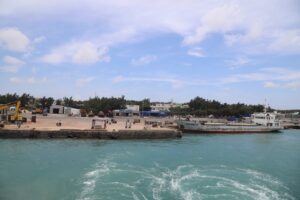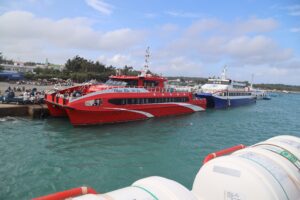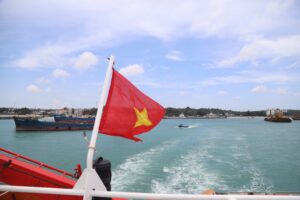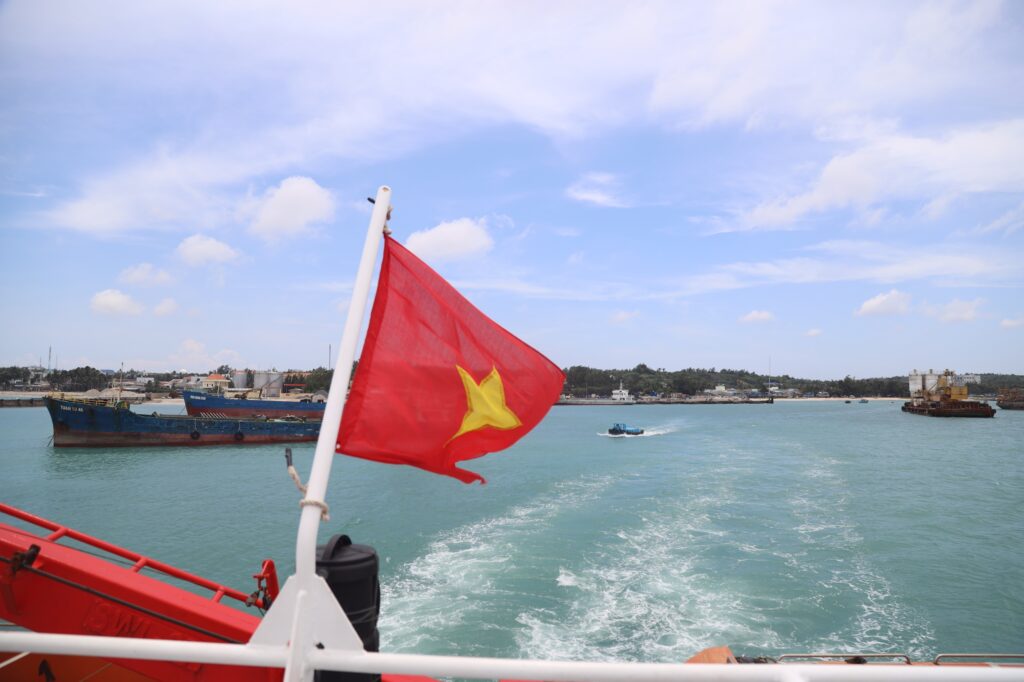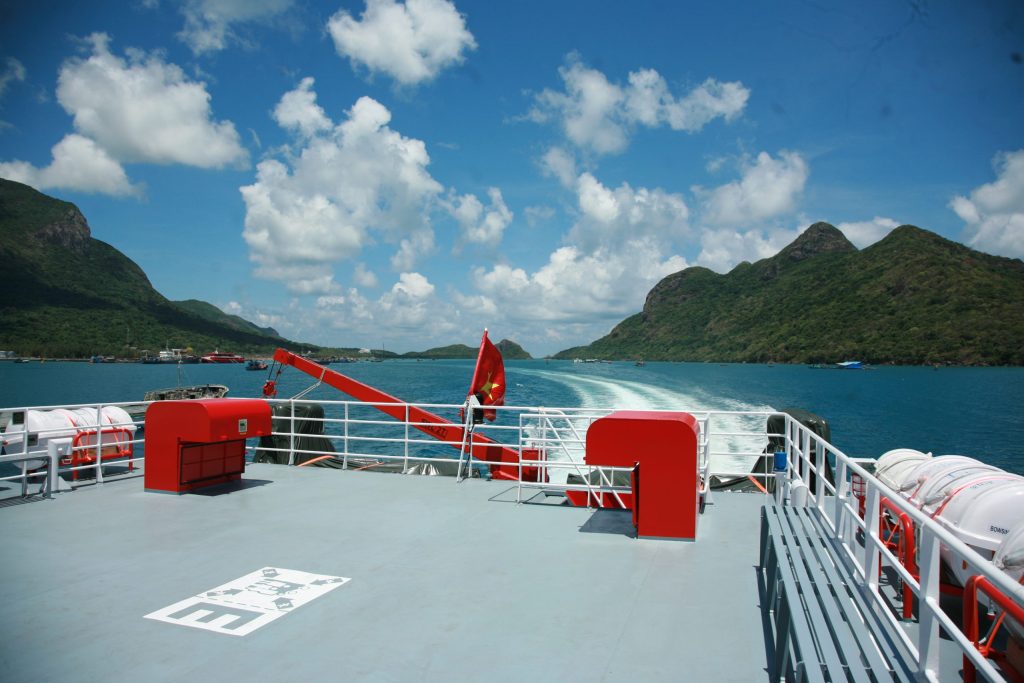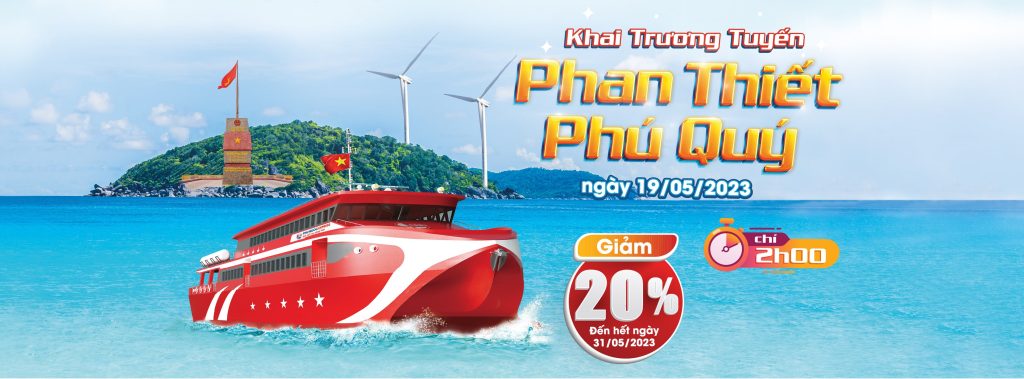Besides the natural scenery and fresh seafood, what impressed me most here was a soup made from a very unusual herb. After asking around, I learned that it is called “rau lẻ,” a wild-growing herb that is not only used as food but also considered a precious medicinal plant that nature has generously given to this island.
On Phu Quy, this herb grows abundantly wherever there is sand. Harvesting rau lẻ is very easy; you just need to go out to a garden or walk along the coastal sand dunes for ten or fifteen minutes, and you can gather a basket full. People here mostly pick it themselves rather than buying it; if you do buy it, it’s cheap, around 20,000 VND per kilogram.
Rau lẻ grows naturally, nourished by rainwater and nighttime dew. During the dry season, it withers away, but when it rains, fresh green clusters sprout without any care needed. In home gardens, wherever there is moisture, decayed leaves, and enough sunlight, rau lẻ can grow all year round.
Observing closely, the herb grows in clusters about 7–8 cm above the ground. Each root can produce 2 or 3 long creeping stems, which are segmented. At each segment, roots grow into the soil and develop into separate plants, spreading continuously. When pulled up, the roots are long, plump, and pale yellow. When rau lẻ blooms, its flowers are yellow, similar to chrysanthemums.
After harvesting and cleaning, rau lẻ can be eaten raw alongside fried or boiled fish, dipped in braised fish sauce, or cooked in shrimp or dried shrimp soup—delicious in every way. The tubers can be dried and roasted to brew a cooling drink.
As the author, I have been living on Phu Quy for a long time and have eaten this herb many times but never paid much attention to it. Only recently, when someone praised it highly, did I research and find out it is called sa sâm, a precious medicinal herb in traditional medicine.
According to Professor Do Tat Loi in his book Medicinal Plants and Drugs of Vietnam (Science and Technology Publishing House, 1986), “Sa” means sand, and this medicinal plant has effects similar to ginseng but grows on sandy coastal soil, hence the name “sand ginseng.” Its tuber is used in Eastern medicine to treat coughs, eliminate phlegm, and reduce fever. The leaves can be eaten raw like lettuce and are used to treat lymphatic diseases. The roots are boiled into a drink to cool the lungs and promote urination. In Nha Trang, fishermen crush the plant to treat scratches.
According to online sources, in the Mekong Delta—especially in Ben Tre province—sa sâm is now cultivated intensively for processing into functional foods and cosmetics for export.
D. THANH
Binh Thuan Newspaper




